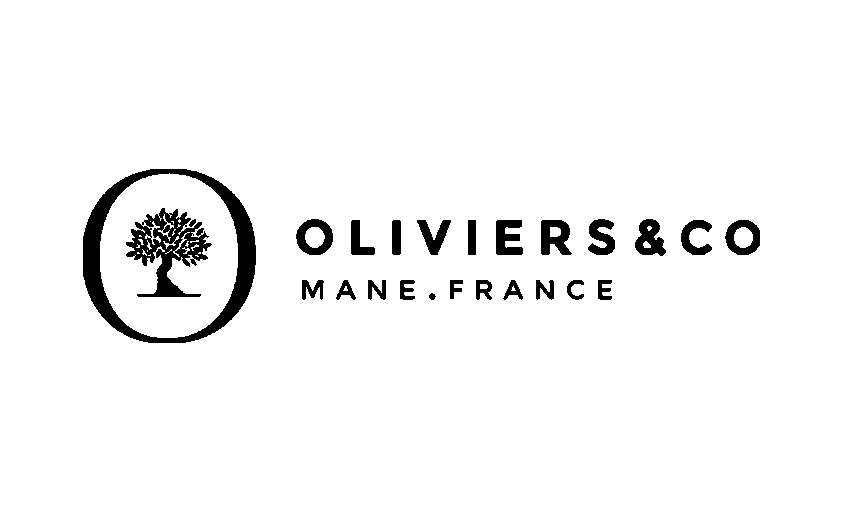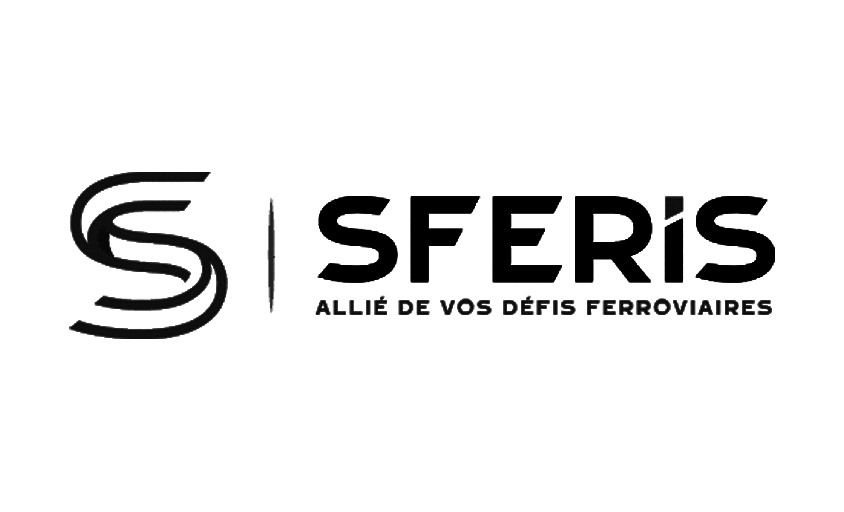What is Still Life Photography?
In this article :
Talking about still life photography often means referring to a discreet yet fundamental genre. It’s an exercise in patience, composition, and lighting, with nothing left to chance. Unlike other types of product photography (like packshots), here, everything is placed deliberately; nothing is accidental. Every object, every shadow, every empty space plays a role in the final image.
Still life originally comes from painting, where artists depicted inanimate objects: fruits, tableware, instruments, flowers… Today, still life photography carries on that legacy, but with very concrete modern uses: advertising, creative packshots, food photography, cosmetic staging, or editorial content. This type of image isn’t reserved for museums or galleries, it appears daily in online stores, marketing campaigns, magazines, and on social media. Still life photography can be artistic, commercial, or both, but in every case, it is intentional, framed, and controlled.
At Rétines, this type of imagery is a core part of our work. It requires rigorous technical expertise, but above all, a sharp graphic eye, to transform a few objects placed on a table into a captivating, harmonious, and visually strategic image.
What Is the Purpose of Still Life Photography Today?
Still life photography is not just about “illustrating” something. It interprets the product or subject, offering a visual narrative with intent: to sell, to entice, to intrigue, or to inspire.
1) Showcasing a Product
This is its most common use today: highlighting a product, especially in advertising, luxury, or e-commerce. Cosmetics, designer objects, accessories, fashion items… virtually anything can be the subject of a still life image, as long as it is treated with precision.
A good still life photo is never neutral, it communicates something about the product’s positioning. It may be minimalist, sophisticated, raw, colorful… but it is always designed to speak to the right audience.
2) Creating an Atmosphere, Telling a Story
Still life photography is also used to build a mood around a product or brand. A simple scene can evoke elegance, warmth, refinement, or naturalness. The object becomes a vehicle to create a visual world.
In print media or digital campaigns, these images bring personality to a brand’s universe, without relying on words. They are especially effective in editorial visuals, banners, or social media content.
3) Artistic Expression
Finally, some photographers choose still life as a medium for personal or creative exploration. Because it allows total control over lighting, materials, textures, and rhythm, it offers a rich field for experimentation. This artistic approach also fuels the creativity of commercial photographers.
The Technical Principles of Still Life Photography
The strength of a still life photograph lies less in spontaneity and more in the precision of its construction. Every detail is intentional, every element carefully placed. Here are the key technical pillars that make a still life image strong, aesthetic, and effective.
Lighting
Lighting is arguably the most defining element in still life photography. It shapes volume, highlights materials, and sculpts contrast. Its direction, hardness, color, or diffusion dramatically alters how an object is perceived.
- Soft light (softboxes, diffusers, bounce): ideal for cosmetics, shiny surfaces, or warm atmospheres.
- Hard light (bare flash, spotlights): perfect for defining contours, enhancing texture, or creating sharp shadows.
In commercial photography, multiple controlled light sources and modifiers (grids, flags, reflectors, etc.) are commonly used to achieve precise and repeatable results.
Backgrounds and Surfaces
In still life, the background is rarely just a passive element. It structures the image, enhances the subject, and often serves as a visual counterpoint.
- Solid backgrounds (PVC, paper, wood): standard for packshots or e-commerce visuals.
- Natural or textured materials: marble, concrete, fabric, sand… to reinforce the product’s aesthetic universe.
- Platforms and supports: pedestals, angled planes, floating elements are often used to add dynamism and rhythm to the composition.
Every prop is selected to visually align with the product being photographed.
Lens Choice and Depth of Field
The choice of lens directly impacts the final image: viewing angle, distortion, and the quality of background blur.
- Fast prime lenses (50 mm, 85 mm, 100 mm macro): perfect for capturing fine detail and playing with depth of field.
- Shallow depth of field: isolates the subject, adds softness or visual tension.
- Extreme sharpness (deep depth of field + focus stacking): used to show intricate detail, especially in jewelry or watch photography.
Composition
A successful still life is, above all, a balanced image. Its composition relies on time-tested principles: leading lines, symmetry, dynamic shapes, complementary colors, and visual rhythm.
Object placement is done with millimetric precision, often using laser guides or view-assist tools. Even a slight shift can disrupt the visual harmony.
Still Life Photography: Mistakes to Avoid
Even the simplest compositions can fall flat if certain fundamental errors aren’t anticipated. In still life photography, the margin for error is small. Here are the main pitfalls to avoid if you want impactful, professional, and usable images.
1. Poorly Controlled Lighting
Too flat, too harsh, badly directed… poor lighting can ruin an image. This is often the most noticeable mistake: unwanted reflections, unflattering shadows, lost textures. In still life, lighting is never left to chance.
What to do:
- Test lighting on similar objects before the shoot.
- Use diffusers or reflectors to shape the light.
- Try multiple angles to find the most flattering direction.
2. Unbalanced Composition
Visual balance isn’t only about symmetry. A poorly centered object, one placed too close to the edge, or awkward negative space—these can all confuse the visual reading of the image.
Common mistakes:
- Too many elements in the frame (cluttered image).
- No clear visual focal point.
- Subject placed too low or high in the frame.
What to do:
- Build the scene before setting up the lighting.
- Use visual guides (grids, rule of thirds, diagonals).
- Think in volumes: not all elements should be on the same plane.
3. Poorly Prepared Objects
A dirty product, wrinkled packaging, or misaligned label, these flaws are glaring in close-up shots. On screen, every imperfection is magnified.
Always check:
- Fingerprints, dust, unwanted reflections.
- Alignment of logos, angles, lids.
- Condition of textures (glass, plastic, paper, metal).
In the studio, thirty minutes of careful prep is better than two hours of unnecessary retouching.
4. Inaccurate Color Calibration
When shooting objects for a brand or e-commerce, color accuracy is essential. Incorrect white balance or a poorly selected color profile can distort the product’s appearance.
What to do:
- Always calibrate your screen and camera.
- Use a gray card or ColorChecker during the shoot.
- Export images optimized for the intended use (web, print, etc.).
5. Lack of Intention
A still life without clear intention is a neutral, forgettable image. Even a simple photo of a bottle or container must convey something: freshness, elegance, precision…
Don’t forget:
- The story you want the image to tell.
- The relationship between the product and its visual world.
- The target audience you’re addressing.
At Rétines, we place great emphasis on this initial phase, as it sets the tone for the entire image. A beautiful photo without intention is like a sentence without a verb.
Still Life Photography in the Studio
Nothing compares to a well-equipped studio when it comes to still life photography. This controlled environment allows for meticulous attention to every detail, light, materials, reflections, product placement… Everything can be sculpted to produce a perfectly executed image. And it all begins well before the shoot.
Meticulous Preparation
Each object must be cleaned, checked, and prepped. Shiny surfaces are especially sensitive to dust, fingerprints, or scratches. To avoid time-consuming retouching, products should be handled with gloves, multiple copies should be prepared if needed, and labels, edges, and caps must be precisely aligned.
This care extends to the staging as well. A stained background, a damaged base, or a misplaced shadow can ruin the overall image, even if the product itself is flawless. Nothing is left to chance.
High-Quality Lighting
Lighting is one of the most powerful tools in still life photography. In the studio, controlled light sources (softboxes, LEDs, strobes) are shaped using diffusers, reflectors, flags, or gobos. The goal is to reveal texture, sculpt volume, create contrast without excess, and eliminate unwanted reflections.
For certain objects, multiple exposures may be taken with different lighting setups (e.g., one for the glass, another for the liquid inside). These shots are later composited in post-production for a seamless and striking result.
Precise Styling
A good set doesn’t draw attention to itself, it enhances the subject. But in still life, every centimeter matters. An invisible thread might suspend a piece of jewelry, adhesive putty may stabilize a bottle, and a camera angle adjusted by a single degree can transform the legibility of a label. These adjustments, often imperceptible to the naked eye, are crucial for achieving a professional result.
At Rétines, we often prepare several versions of the same set to vary visual proposals, refine reflections, or anticipate print and digital adaptations.
Retouch-Ready Results
Still life photography doesn’t end at the shutter click. In commercial work, post-production is considered from the start. A color chart ensures consistent chromatic accuracy, shadows are designed to allow clean cutouts, and files are prepared for smooth high-resolution or web exports.
Every delivered image must be technically flawless: correct exposure, sharpness, noise control, faithful color rendering. This level of precision (from studio to export) is what makes a still life image stand out in a campaign.
Conclusion
Still life photography is a demanding discipline that blends technical expertise, attention to detail, and artistic direction. Behind every successful image lies the work of a true craftsman: object preparation, lighting choices, set adjustments, meticulous retouching… Nothing is left to chance.
At Rétines, we approach each still life project as a tailor-made creation. Our goal is not just to make products visible, but to give them presence, to highlight their material, function, and positioning. In a world where images spread fast but fade quickly, we craft visuals that last, that resonate, that speak without ambiguity.
Have a product to showcase? Let us bring it to light.
Jérémy Carlo is the editorial director at Rétines, where he ensures the consistency and clarity of all content produced by the studio.
Our Clients
Let’s discuss
What we do for you at Rétines
Meticulous work, an organised project and fast delivery. And to achieve this, we mobilise the right resources in our teams at the right time.
01
Pre-production
Artistic and technical direction tailored to the project.
Relevant recommendations on content, form and resources.
02
Photo Shooting
Photos taken by our experienced photographers.
Production that’s controlled, efficient and tailored to the needs of the project, with nothing superfluous.
03
Retouching
Technique
Photographs magnified by our retouching team.
Post-production to meet the commercial challenges of the brief.












